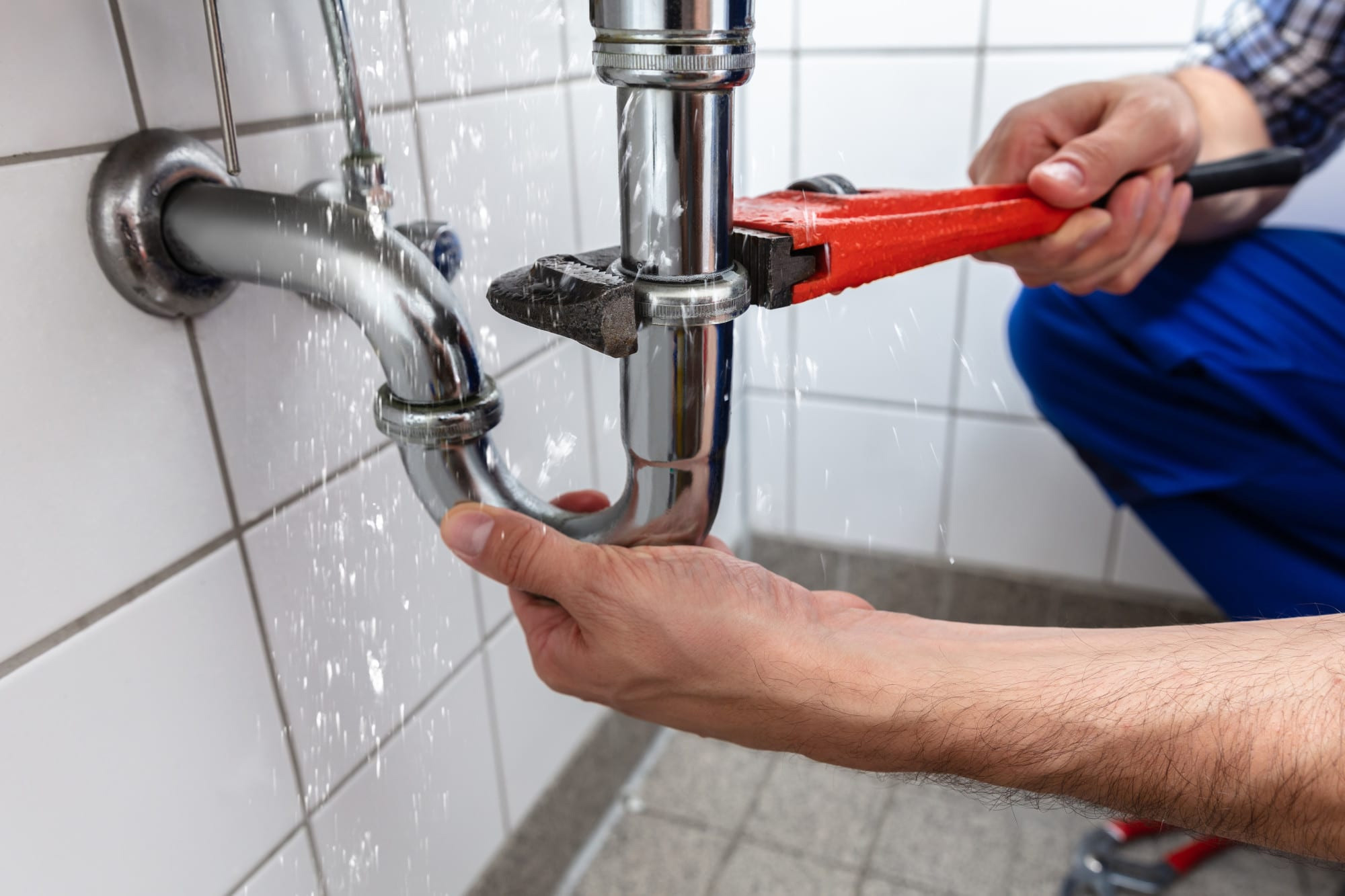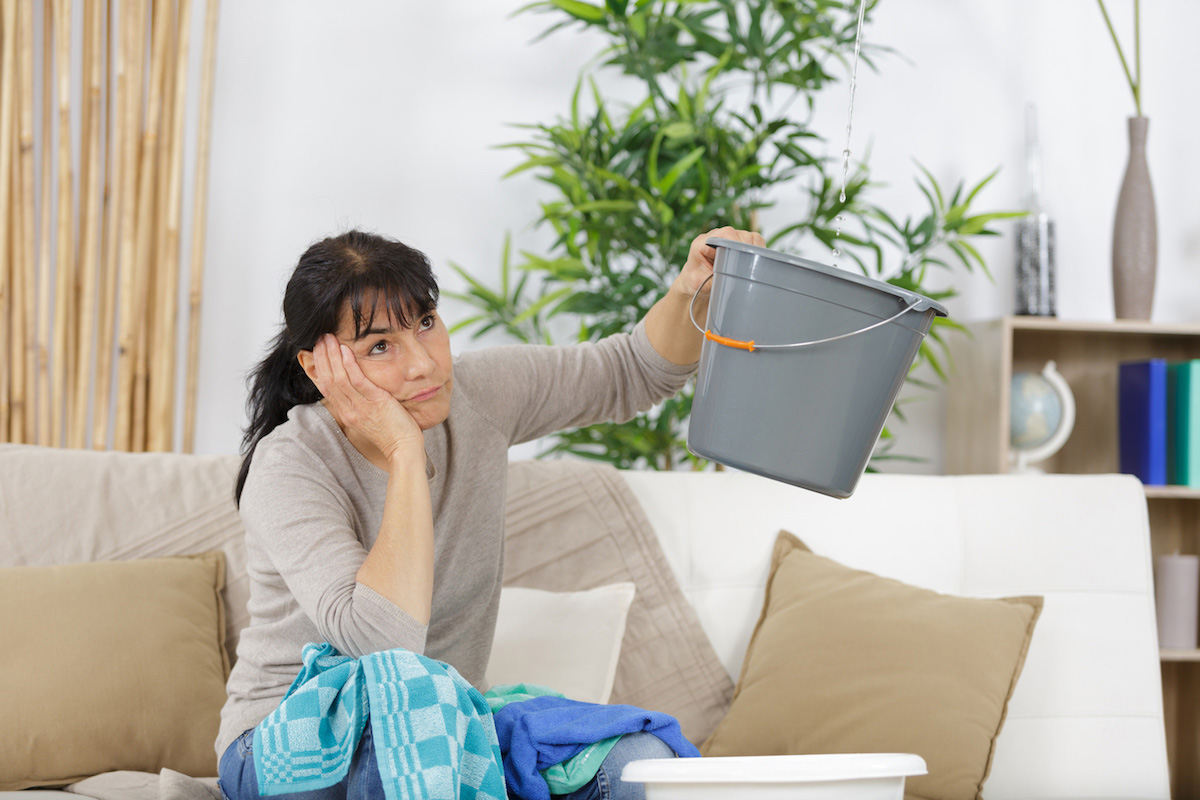7:00AM to 5:00PM
Do you fear that a supply pipe has burst but are not entirely confident about it?
A burst pipe is indeed a critical problem as it can lead to significant damage in the long run. A burst water pipe would require you to spend a hefty amount to get all the damages fixed, not just on your leaking pipes.
But you should also note that burst water pipes don’t occur in a day and are more gradual, rooting from various issues in the plumbing system, and they show early signs. A pipe leaking has some warning signs most people don’t notice. Being sure about the plumbing problem is essential before addressing it, ensuring you proceed the right way in dealing with burst pipes.
We discussed the signs of a burst supply pipe to help you stay informed. You can contact a licensed plumber immediately if you’re faced with the said issue or other plumbing issues, and you can prevent severe or extensive damage to your property. So, let’s get going, shall we? Let’s figure out if you’ve got a busted water pipe.
If left unattended for an extended period, burst pipes may damage several portions of the house, such as floors and drywall. So, you should consult a reliable plumbing service immediately after you notice such an issue.
A massive water leak is the most evident sure sign of a broken pipe or burst supply pipe (which we will talk about in the later sections), especially when they’re exposed pipes. However, there are several other symptoms that you might notice before severe damage occurs.
On that note, let’s first look briefly at these symptoms of damaged pipes.

Perceiving odours is an easy way to detect several household plumbing problems, and this one is no exception. If water from any faucet at home produces a slight odour, it implies something wrong with the plumbing system.
Such odours can be due to a pipe leakage since the latter may make it difficult for a plumbing line to drain away sewer waste, ultimately resulting in odours and clogs.
Discolouration of water is another prevalent symptom of a leaking pipe that has already occurred or is about to happen. If you find that the water has turned brownish, it indicates rust in one or more pipes, which in turn causes the leakage or a broken pipe.
A sudden increase in water bills without increased water consumption is another symbol of possible leakage in the plumbing system.
If water leaks from a point, it may result in substantial water wastage, increasing costs. You must bear the cost even if you’re not using that water.
Several pipes in a plumbing system may run behind the walls, so if there’s a leak in one such pipe, marks or dampness may develop on that wall. Also, pipes in multi-story homes run to the bathrooms or laundry rooms via the ceiling, meaning a leakage in such a pipe can damage it.
You will understand the leak’s location when you notice wet marks or dampness on a wall or ceiling. This, in turn, can help determine the kind of repair needed. In such cases, a section of the drywall or ceiling may have to be removed to fix the leaking portion of the damaged pipes.
Some main water supply line pipes remained exposed, primarily from under the sink or through the basement. These are the ones that may show signs of leaking and eventual bursting. The presence of frost, ice, or condensation on the pipes indicates that they will freeze soon or are already freezing.
Furthermore, if you notice bulges on the pipe, it’s a sign that it has frozen and is building up water due to expansion. Such an expansion can ultimately cause a large burst. If the bursting has yet to occur, thaw the pipe to prevent further damage.
If there’s a small hole in a supply pipe, the water pressure from the shower and faucets will become low. A sudden reduction in water pressure can also be the reason for clogs in toilets and sinks.
The existing pressure might not push the waste away through the drain. Hence, if there’s a sudden drop in the water pressure, there’s likely a leakage in the supply pipe.
A burst pipe can cause multiple issues in the plumbing system, including those that produce unusual noises. For instance, you may hear bubbling or whistling while the faucet runs. The whistling noises are caused by leaking supply lines with dents, as water forces through the constricted and dented section. You might hear dripping sounds if there’s a leak behind the wall.
On the other hand, bubbling noises are heard when air enters the sewer line due to a leak.
If a significant leak or one has existed for a long time, you may notice puddles; in extreme cases, water may gush out from that area. Following the water source can help you quickly trace a leak.
If the main pipe leaks, it can lead to sinkholes or puddles near the leakage area. You should immediately call a plumber if you notice such puddles and sinkholes.

Now that you know about the various signs that indicate the presence of a burst pipe, you need to know about locating the most evident sign — a leakage.
Some of the leaks can be located quite easily. For instance, the source of a puddle or drip is simple to spot, as we’ve already mentioned above. Similarly, markings and stains on drywall and ceilings are easily noticeable, leaking holes from exposed pipes.
However, it can be challenging to locate the hidden leaks behind walls. And most pipes run behind the walls. While you may notice visible signs of a leak from all the faucets, the dripping sounds or, in worst cases, the whistling noises, water marks and water stains, the drop in water pressure— it’s a different story when you have burst pipes that are not in plain view. Some people can only rely on the sudden changes in their increased water bill to tell them there’s something wrong for quite some time already in their supply lines.
When you suspect a leak, the first step is determining whether it’s within your home or outside. Turn off water appliances and stop using faucets, toilets, or other water fixtures. Then, check the reading in the water meter and note it down.
Now, wait for around 30 minutes and then recheck the reading. If it has changed, it’s a sure sign that the plumbing system is leaking somewhere. After figuring out the leak area, turn off the water supply shutoff valve and recheck the meter.
If the reading is constant, you’ll know the leak is within the home, but if it’s moving, it is outside along the main supply line.
If you notice signs of a burst pipe or leaking water, contact a professional immediately, especially if the broken pipe or the leaking area runs behind the walls. This will prevent further damage and higher water bills. Do not forget that a puddle of dirty water can become a breeding ground for insects and cause health problems.
If you don’t have a water meter yet, you can have one installed now. As you’ve read, not every water leak has standing water screaming its presence.
Knowing the signs to look for makes detecting a burst pipe leakage easier before severe damage occurs. This way, you can immediately prevent the situation from worsening and call a professional.
But before we sign off, here are two more pro tips. Starting the check-up with prominent spots like toilets, showers, and sinks is essential for identifying leakages. Once you have confirmed the leak, consider digging the area to locate the leaking hole precisely. You will ultimately have to contact a plumbing service to fix the burst pipe but inform them about all the problems to get the right solution.
Do you have a bigger problem besides the leaking main water line and the extensive water damage? When pipes burst, it may seem like the most significant issue in your plumbing system, but it’s not.
Are you having trouble with leaking sewage? Or maybe you have the opposite problem and need plumbing services for fluctuating water pressure. Do you have brownish water coming out of your taps for your water usage, or maybe you have a high unexplainable water bill? Call your professional plumbers as soon as possible at the first signs.
Or reach out to us. Gold Coast Plumbing Company can provide you with all the necessary plumbing services, from taking care of the naturally occurring gas forming in your sewer lines to dealing with even the tiniest leak, reading the apparent signs of installation issues, and more. We’ll solve all the problems leading to more damage to your properties.
That’s all for now. See you soon!